LEGO Challenge: SEL and STEAM at Skokie Library
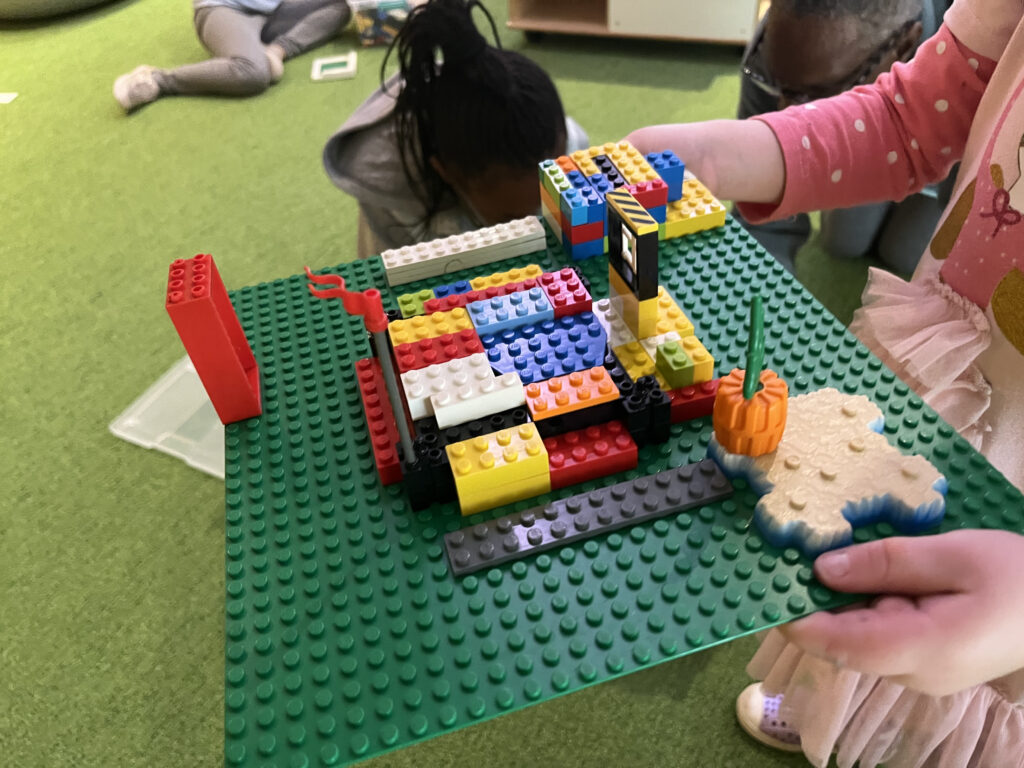
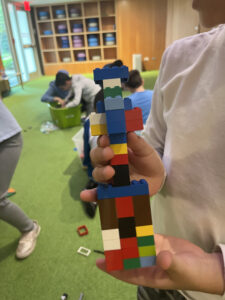 One thing that will never cease to amaze me is kids’ capacity for endless creative LEGO building. I love LEGO, but free building is not for me. I need instructions, and a clearly defined outcome. My son, however, can happily while away hours tinkering with designs understood only by him. Our team has experimented with different iterations of LEGO programming, as I think most libraries have – it’s relatively easy to plan and is generally known and conceptually understood by most children.
One thing that will never cease to amaze me is kids’ capacity for endless creative LEGO building. I love LEGO, but free building is not for me. I need instructions, and a clearly defined outcome. My son, however, can happily while away hours tinkering with designs understood only by him. Our team has experimented with different iterations of LEGO programming, as I think most libraries have – it’s relatively easy to plan and is generally known and conceptually understood by most children. 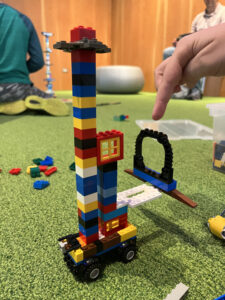
In the Summer of 2022, I began offering a monthly LEGO challenge for ages 8 and up. Initially, we handed kids a gallon bag of random LEGO, and offered a specific challenge like More Than Meets the Eye: create something that looks like something, but has a secret function, Create a Marble Obstacle Course, and various height/weight challenges. These were generally well received and participants seemed to have a decent time. Then something interesting happened: kids started working together. This program was originally conceived for kids working alone, but like LEGO itself, I’m always willing to re-build.
The first change I made was to do away with the gallon bag, opting instead to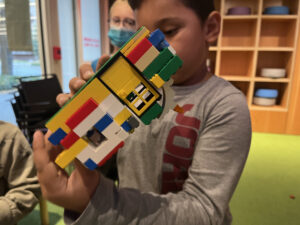 let the participants work from a variety of random bins and boxes. This freedom created a much more relaxed environment. I was worried that kids would feel territorial about their projects, and would be unwilling to collaborate. This could not have been farther from the truth. Kids meeting each other for the first time started tossing ideas out and building on them. All barriers came down – older kids welcomed younger kids, notably in one case, even a toddler!
let the participants work from a variety of random bins and boxes. This freedom created a much more relaxed environment. I was worried that kids would feel territorial about their projects, and would be unwilling to collaborate. This could not have been farther from the truth. Kids meeting each other for the first time started tossing ideas out and building on them. All barriers came down – older kids welcomed younger kids, notably in one case, even a toddler!
This is wonderful for a lot of reasons – first and foremost, sharing ideas and information are a librarian’s modus operandi. When we collaborate, we build (in this case literally) and we improve. It’s also worth noting that there are MANY school districts in Skokie that ultimately feed into two high schools. A collaborative, open program offers kids from all over the opportunity to connect, create together, and get to know one another in a way that they might not otherwise have. Finally, kids working together means kids learning from each other. In this case, as this program has evolved, we now welcome ALL ages, so at times we have older teens, grandparents, toddlers and elementary kids working in the same room.
 It was clear early on that this model would be successful. The challenge was to build the tallest structure possible without using a base plate. I allowed for one rebuild after the challenge was complete in case the kids wanted to evaluate their work and improv
It was clear early on that this model would be successful. The challenge was to build the tallest structure possible without using a base plate. I allowed for one rebuild after the challenge was complete in case the kids wanted to evaluate their work and improv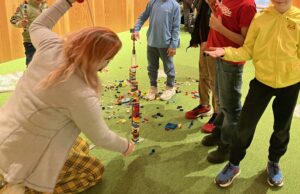 e on the original idea, and DID THEY EVER. We started off with a couple of different groups, but as they completed the first challenge and began comparing ideas, they decided to work together as one big group. With minutes left in the program, they encouraged and supported each other, and when they finished their structure and it had in fact beaten the original record, we ALL screamed with joy and ran around the room – a collective engineering heart-splosion. How tall was the structure? It doesn’t matter.
e on the original idea, and DID THEY EVER. We started off with a couple of different groups, but as they completed the first challenge and began comparing ideas, they decided to work together as one big group. With minutes left in the program, they encouraged and supported each other, and when they finished their structure and it had in fact beaten the original record, we ALL screamed with joy and ran around the room – a collective engineering heart-splosion. How tall was the structure? It doesn’t matter.
I now make the program as flexible and welcoming as I can. I offer multiple options: free play, single challenge, and group challenge. We all cheer when someone meets the challenge, and there’s an opportunity for storytelling when kids complete a creation and want to tell me about it. All are celebrated.
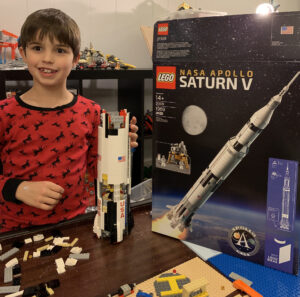
Of course librarians are not the only LEGO maniac facilitators. In fact, NASA has a long history of partnership with the toy company. From helping to name the 2003 Mars rovers, an entire line of NASA inspired sets to inspire young astronauts, LEGO sets in (and near) space!, and most recently, a free STEAM interactive digital education series designed to explore the Artemis I mission to the moon.
So is it a stretch to say that we, at Skokie Public Library, are laying the groundwork for future space exploration?
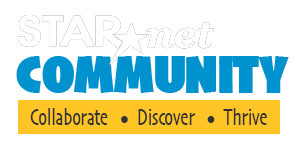
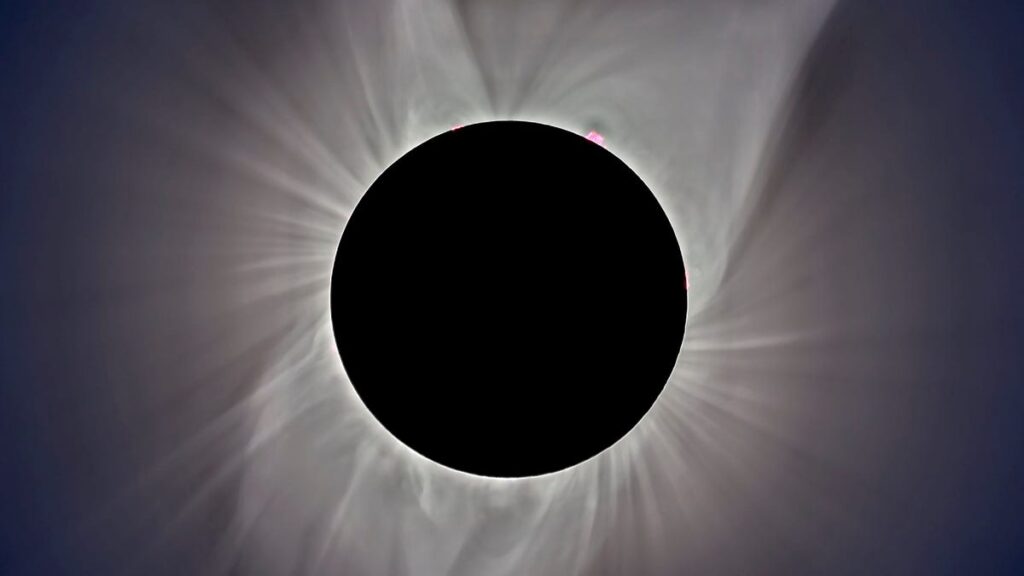

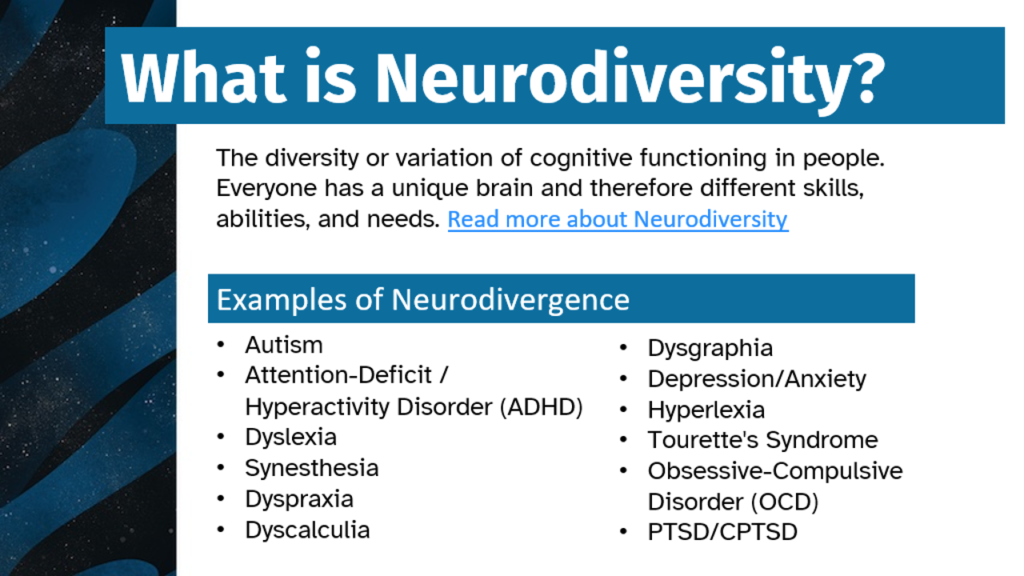

Responses